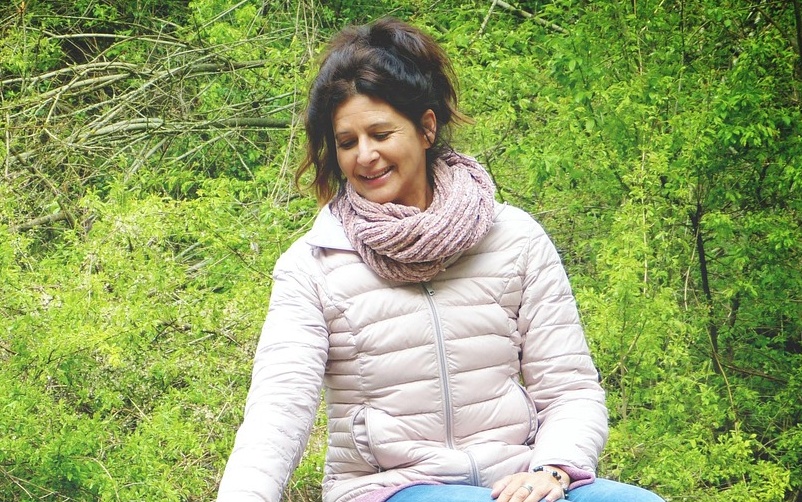
What is osteoporosis?
Osteoporosis is a disease characterized by low bone mass and a disruption of the bone’s microarchitecture, resulting in increased bone fragility and a higher risk of fractures.
What are the risk factors for osteoporosis?
People of white ethnicity are genetically predisposed to osteoporosis. The earlier menopause occurs, the greater the risk of developing the condition. In addition, a diet low in calcium, smoking, and excessive consumption of caffeine and alcohol increase the risk of osteoporosis.
Other common risk factors include a sedentary lifestyle and low body weight. Long-term use of certain medications (such as corticosteroids, thyroxine, and antiepileptics) and various medical conditions (including rheumatoid arthritis, hyperthyroidism, cancers, and hyperprolactinemia) can also lead to osteoporosis.
How does osteoporosis manifest?
Osteoporosis is initially a silent disease that, in its advanced stages, can develop into a painful and deforming condition characterized by fractures, severe back pain, and progressive loss of height accompanied by kyphosis. Typical manifestations include compression fractures of the vertebrae, fractures of the femoral head, as well as fractures of the distal radius, leading to disability and deformity, which ultimately reduce the patient’s quality of life.
How is osteoporosis diagnosed?
A common method for diagnosing osteoporosis is measuring bone density using the DEXA (Dual-Energy X-ray Absorptiometry) technique. The measurement is primarily taken at two sites: the hip and the lumbar spine.
According to the World Health Organization (WHO) guidelines, postmenopausal women are evaluated based on the T-Score. T-Score values greater than -1 indicate normal bone mass. Values between -1 and -2.5 correspond to low bone mass (osteopenia), while values below -2.5 establish the diagnosis of osteoporosis.
Additionally, the presence of one or more osteoporotic fractures combined with a T-Score lower than -2.5 indicates established osteoporosis. For men and premenopausal women, the Z-Score is used for evaluation.
How can you protect yourself from osteoporosis?
The most important step in managing osteoporosis is prevention. Women going through menopause, due to the increased rate of bone loss, should adopt healthier dietary and lifestyle habits.
It is essential to increase the daily intake of dairy products, as well as to take calcium supplements, so that the total daily calcium intake approaches 1500 mg. For example:
One glass of milk contains 300 mg of calcium.
One yogurt contains 300 mg of calcium.
100 grams of white cheese contains 500 mg of calcium.
100 grams of yellow cheese contains 800 mg of calcium.
At the same time, exposure to sunlight and supplemental vitamin D help improve calcium absorption in the body. Quitting smoking, limiting alcohol consumption, and reducing animal protein intake are also recommended.
Essentially, encouraging the patient to be active and start physical exercise that places weight-bearing stress on the bones is beneficial. Recommended activities include walking, stair climbing, tennis, running, dancing, and aerobic exercises, performed three times a week for 20-30 minutes.
In cases of increased risk and based on the doctor’s judgment, starting medication may be necessary. The common medications are divided into two categories:
A) Medications that reduce bone resorption:
Bisphosphonates, selective estrogen receptor modulators (SERMs), strontium ranelate, hormone therapy, and denosumab.
B) Medications that stimulate bone formation: Parathyroid hormone and strontium ranelate.
It is worth noting that the most important step in managing osteoporosis is its early diagnosis and prevention. Once a patient has already experienced a fracture, the likelihood of sustaining another fracture is significantly increased. In such cases, the administration of medication is focused on stabilizing the disease rather than curing it, as the damage to bone quality is substantial and irreversible.

